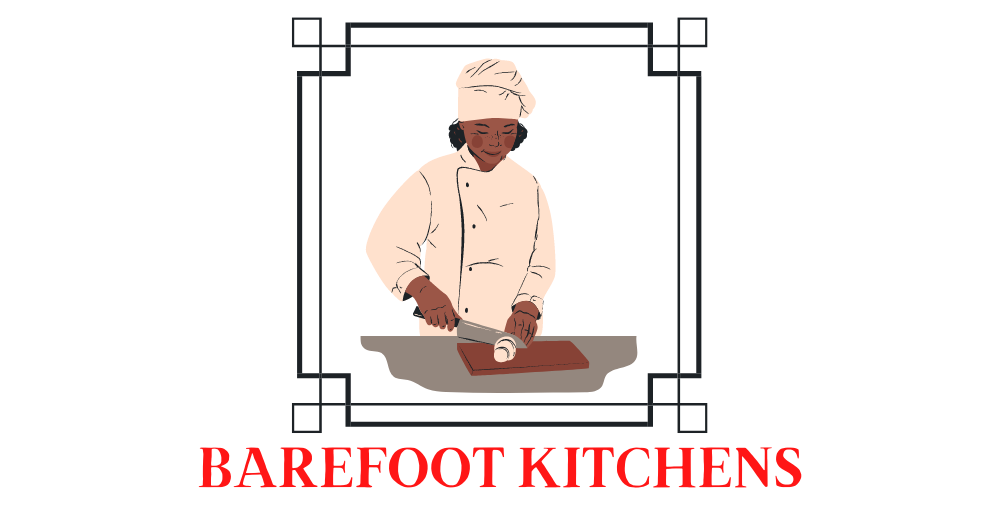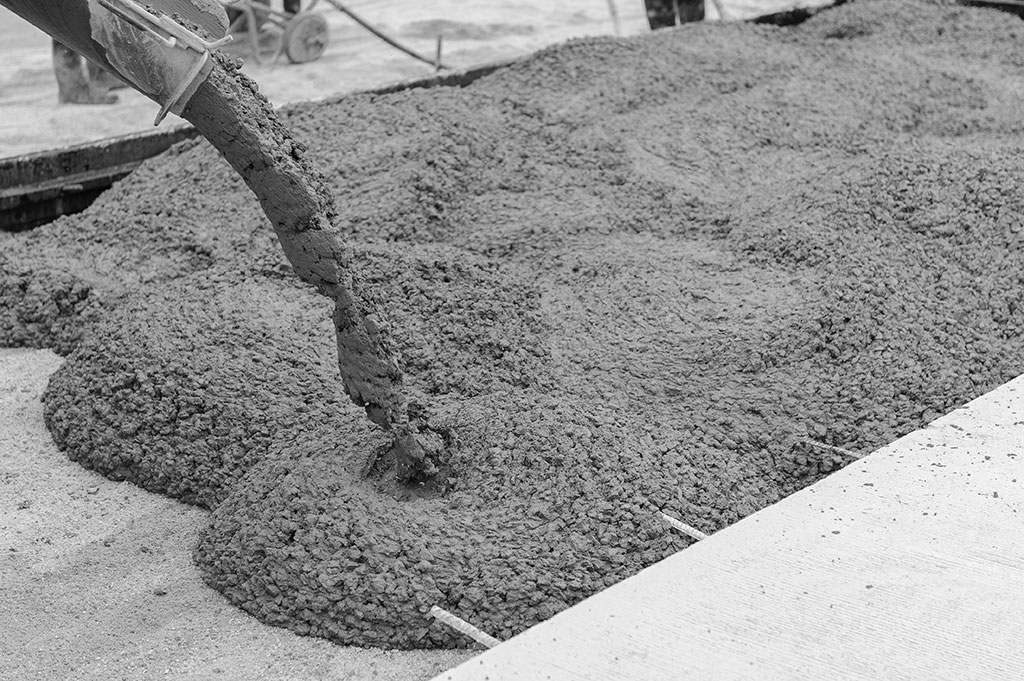Concrete is the world’s most-utilized construction material. Made from aggregates (rocks, gravels and sand), portland cement and water, it forms one of the primary building materials worldwide.
Concrete house slabs Melbourne is hard and durable, standing up against nature’s forces with ease. Yet it consumes an astounding 10th of global industrial water consumption each year.
It’s a building material
Concrete is one of the most resilient and versatile building materials available, as it stands up well to abrasion, chemical damage and weathering/tensile stresses. Plus, concrete provides added protection from earthquakes and extreme weather conditions.
Concrete is composed of cement (also known as portland cement), sand, and aggregates mixed together with water to form a hard, stone-like substance that can be formed into various shapes with pigments for color enhancement or altered properties of the concrete mix. Admixtures can also be added to alter its properties further.
Accelerating admixtures can shorten the setting time of concrete, while retarding ones can slow its strength-gaining reaction. Both types can be mixed directly into concrete either before or during pouring; additionally, these additives may also be added during construction to enhance its properties and prevent cracking of slabs.
It’s a construction material
Concrete is one of the world’s most commonly used construction materials, due to its affordability, easy application process and ability to be formed into any shape or size desired. Furthermore, its fire resistance properties enable structures made out of concrete to withstand natural disasters as well as extreme weather conditions.
Concrete consists of Portland cement, sand and aggregates mixed together with water to form a paste that can be poured into any shape and hardened over time. Aggregates consist of crushed rocks or stones while some types may include steel fibers for increased resilience, tensile strength or other desirable qualities.
Concrete offers many advantages for indoor construction projects. It doesn’t emit harmful gases or contribute to mildew growth, making it an excellent choice. Furthermore, stamped or textured surfaces add aesthetic flair while coloring options make concrete an appealing building material in both residential and commercial construction projects.
It’s a structural material
Concrete is a versatile construction material that can take many different forms. Precast in a factory and transported directly to its destination site; or mixed and poured by experienced concrete contractors on-site; it can even be formed into different shapes and sizes and painted or stained for aesthetic effect.
Concrete’s key ingredient is cement, which acts as the binding material. Other ingredients may include fine and coarse aggregates such as sand or crushed rock; water; as well as possible additives, reinforcement materials or pigments. Hydration of cement causes it to harden and bond all ingredients together into stone-like substance.
Concrete is durable and abrasion-resistant, with minimal maintenance requirements compared to other building materials. It can withstand natural disasters such as earthquakes and hurricanes while being highly fireproof – no additional fireproofing treatments like steel or wood are necessary – it even absorbs shockwaves generated by jet planes!
It’s a decorative material
Concrete is one of the world’s most frequently utilized construction materials, known for its versatility and strength. Although commonly seen as utilitarian, this basic building material actually conceals a hidden world of complexity and beauty that can add visual interest to any structure.
decorative concrete can be customized to emulate brick, slate, cobblestone, tile or wood using large molds or stamping mats to leave patterns in the concrete before curing; then using acid or water-based stains for coloring purposes create the desired finish.
decorative concrete provides another great benefit – energy costs can be reduced significantly due to its ability to absorb and retain heat, making it an excellent solution for homes and commercial buildings that need to reduce heating bills. Furthermore, its decorative qualities may add significant value when prospective buyers look for homes or offices with luxurious features such as decorative concrete flooring.

